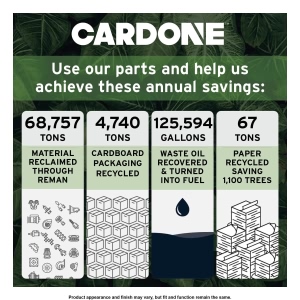< Back ×
2008 Cadillac SRX Brake Master Cylinder Bleeder Tool
My Vehicle Change Vehicle
2008 Cadillac SRX
< Back to View All
Brake Boosters & Brake Master Cylinders
- Department
- Brands
- Prices

 Product Specifications
Product Specifications- Bleeder Adapters Included: No
- Bleeder Pressure Gauge Included: No
- Bleeder Tubing Included: No
- E-Waste: No
- Material: Plastic
- Package Contents: Bleeder Tool
- Product Condition: New
- UPC: 082617849678
- Part Description: 2008 Cadillac SRX Master Cylinder Bleeding Tool
Vehicle Fitment- 2008 Cadillac SRX | All Trims | All Engines
FAQ for Brake Master Cylinder Bleeder Tool Repair
Q: How to perform the Automated Bleed Procedure?
A:
You should raise and support the vehicle, remove all four tire and wheel assemblies, inspect the brake system for leaks and visual damage and the battery state of charge, install a scan tool, turn the ignition on, with the engine off, establish communications with the ABS, pressure bleed the base brake system and follow the scan tool directions until the desired brake pedal height is achieved. When the desired pedal height is achieved, you should press the brake pedal to inspect for firmness, lower the vehicle, remove the scan tool, install the tire and wheel assemblies, inspect the brake fluid level, and road test the vehicle while inspecting that the pedal remains high and firm.
By Bob
GM Specialist
28/10/2022Q: How to service Hydraulic Brake System Flushing?
A:
You should inspect the master cylinder reservoir cap diaphragm and the reservoir-to-master cylinder grommets for swelling, indicating brake fluid contamination. If the brake fluid was contaminated with an oil-based or a silicone-based substance, you should remove all of the components listed from the vehicle. Then, you should clean out all the hydraulic brake pipes using denatured alcohol, dry the brake pipes, repair all of the components listed and install them in the vehicle. If the brake fluid was contaminated with water or dirt, rust, corrosion, and/or brake dust, you should replace the brake master cylinder reservoir cap diaphragm. Then, you should fill the brake master cylinder reservoir to the maximum-fill level with Delco Supreme 11(R) (GM P/N 12377967) and pressure bleed the hydraulic brake system.
By Bob
GM Specialist
28/10/2022Q: What do we need to do if we have performed a brake master cylinder bench bleeding on the vehicle?
A:
You should ensure that the brake master cylinder reservoir is full to the maximum-fill level, loosen and separate the front brake pipe from the front port of the brake master cylinder, allow a small amount of brake fluid to gravity bleed from the open port of the master cylinder, reconnect the brake pipe to the master cylinder port, depress the brake pedal fully, maintain steady pressure on the pedal, purge air from the open port of the master cylinder, release the brake pedal, wait 15 seconds, repeat until all air is purged from the same port of the master cylinder, loosen and separate the rear brake pipe from the master cylinder with the front brake pipe installed securely to the master cylinder after all air has been purged from the front port of the master cylinder and ensure that both of the brake pipe-to-master cylinder fittings are properly tightened.
By Bob
GM Specialist
28/10/2022